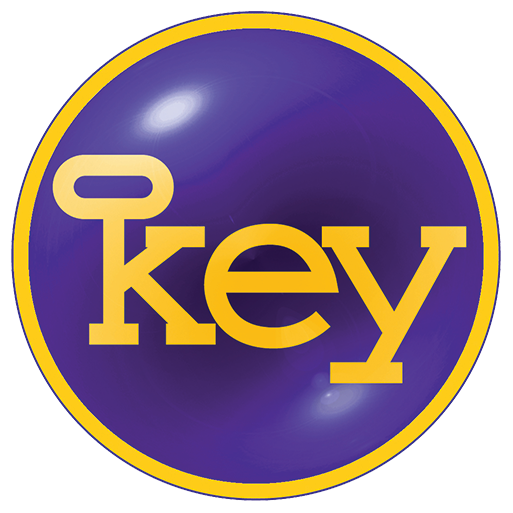According to sources quoted in last year's Management 2020 report , UK productivity is 21% lower than the rest of the G7. To some this is down to people not working hard enough. To those taking this line, one tempting solution to improving productivity the use of technology to log each individual's activity to make sure they are not malingering. For goodness sake!
The root causes of productivity problems do not purely lie with the people doing the work. Demonising your people and micro-managing them will not improve productivity. Now think about it. Who is responsible for putting their people to work in a situation where they have poor productivity? Hmm... could it be managers? Do their people set the policy that procures lousy raw materials or incomplete information? Do the people in the process ask for second-rate out of date equipment? Do the people set themselves unreasonable targets that get in the way of them delivering great products or services to customers, fast at low cost? Charitably let's just ask anyone who thinks that it is purely the people doing the work who are fault for poor productivity to take a look in the mirror.
Consider the impact of policy and inappropriate targets on productivity in the case of a call centre related by improvement guru John Seddon. Careful analysis revealed that 40% of calls were people ringing back because their calls had been terminated without them receiving a satisfactory answer or solution to their problem. Clearly lousy productivity.
Further analysis revealed that a call length target had been set for the telephone agents. If the agents' calls were too long there was a lot of pressure from team leaders and penalties . So the organisation had employed more low cost operators who did not have the knowledge to help callers and who were tempted by the call length target to 'pull the plug' on the call. Results: a bigger call centre than necessary with high staff turnover and, worse, unhappy customers!
Suppose you start by looking at a productivity problem from the view of how the work is done to deliver value to a customer, user or next team in your organisation. We describe the end to end sequence of steps in the work a process. In fact all work is done in a process and usually by many linked processes. A process describes the sequence of interactions between people and the process, which enables true understanding of how the work is actually done. It also identifies where the opportunities lie for improvement and innovation. Creating a flowchart or process map should be one of the most fundamental methods used by managers and their teams.
So don't blame your people who are doing the work if productivity is low. Instead truly effective management asks, what barriers to productivity have been created by our policies? Then, jointly with the people in the process, maps the way the work gets done in the processes looking for opportunities for improvement to help the people achieve more. Actually, given the chance, freedom and encouragement to contribute, it is the people who are in a position to come up with the greatest improvement to productivity.
This was based upon principles in the ebook Simply Manage, where you can find out more about effective management.

